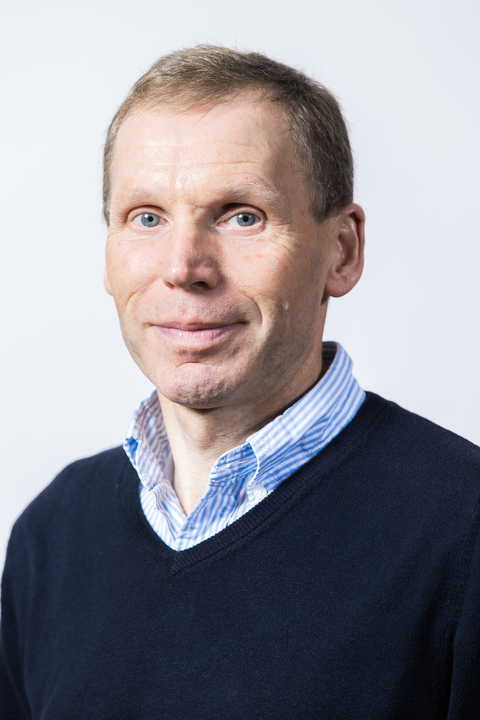
Chemical Engineering
Advanced electronic/optoelectronic technologies designed to allow stable, intimate integration with living organisms will accelerate progress in biomedical research; they will also serve as the foundations for new approaches in monitoring and treating diseases.

- His PhD was completed at the University of Edinburgh, investigating the correlation between milk clot deposition and flow characteristics, with a view to gaining greater insight into thrombosis in blood flows.
- John Christy was born in Bangor, N. Ireland in 1959. Following his education at the local grammar school, he studied Chemical Engineering at the University of Cambridge from 1978 to 1982.
- Process Synthesis within Chemical Engineering 1
- Plant Engineering 2 (pipework systems, control and compressible flow)
- Design Exercises in 4th year (reactor and heat exchanger designs)
- Polymer Science and Engineering 5 (polymer reaction engineering)
- Separation Processes 5 (advanced distillation)
- Study projects, Industrial projects and Research projects
- Current research interests are in the area of unsteady state fluid mechanics. Research continues on the development of an in-vitro, pre-clinical test for thrombosis on artificial mechanical valves.
- Work underway also involves the study of flow instabilities in boiling heat transfer, with applications in microelectronics cooling
- Undergraduate Selector
- Convenor of Chemical Engineering Board of Examiners
- Personal Tutor
- MSc (Mathematical Modelling and Numerical Analysis) University of Oxford
- BSc(Eng)(Hons) (Chemical Engineering) University of Cape Town
- D.Phil, University of Oxford
- CEng MIChemE
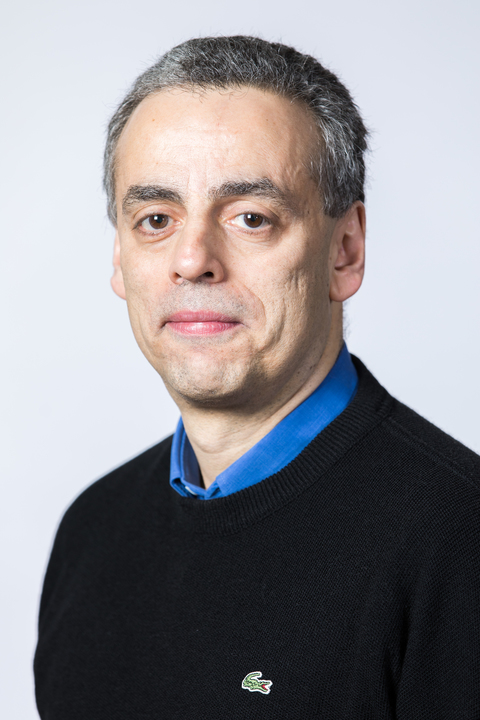
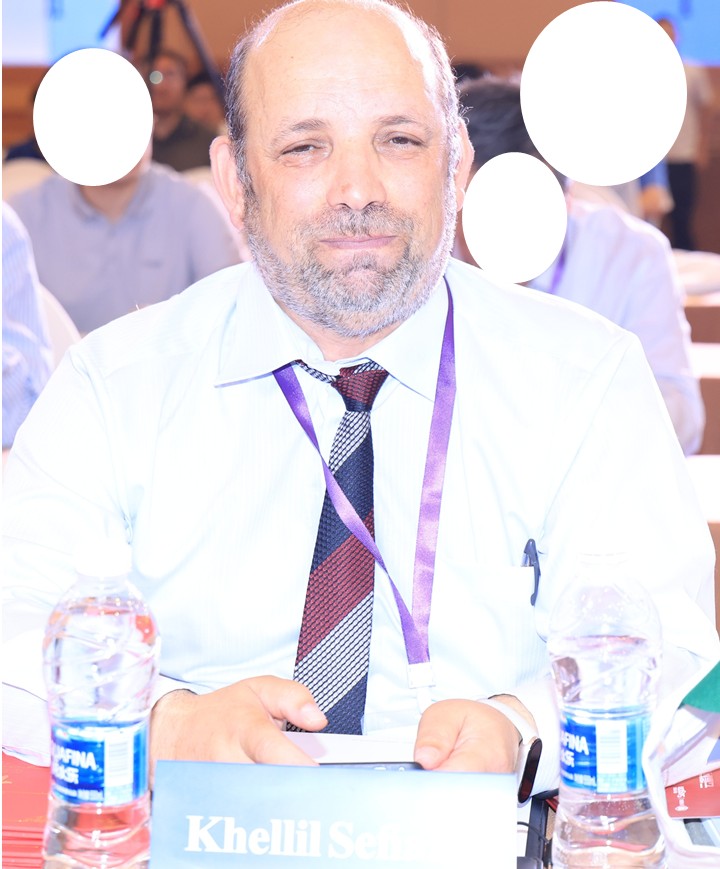
Professor Khellil Sefiane, PhD, HDR, FRSC and FInstP is a Professor and chair of Thermo-Physical Engineering in the School of Engineering at the University of Edinburgh (https://www.ed.ac.uk/), Scotland, United Kingdom. He was the Head of the research Institute for Multiscale Thermofluids (IMT), 2018-2024 and Head of the Institute for Materials and Processes (IMP) from 2012-2015 at the University of Edinburgh. Professor Sefiane is the Vice-Chair of the UK National Heat Transfer Committee, https://www.uknhtc.org/. Professor Sefiane is the UK delegate on the Scientific Council of the Intenational Centre for Heat and Mass Transfer, https://www.ichmt.org/. He also represents the UK on the European Thermal Committee, EUROTHERM, http://www.eurothermcommittee.eu/. He was associate editor for the International Journal of Heat and Mass Transfer, Elsevier (2017-2024) and has been associate editor for the International Journal of Multiphase Flows and the ASME Journal of Heat Transfer.
He held numerous honorary appointments in international institutions including an Adjunct Professor at the University of Toronto, Canada (2008-2014), Visiting Professor at Kyushu University, Japan (2015) and WPI -World Premier International Professor at the International Centre for Carbon Neutral Energy Research (I2CNER) at Kyushu in Japan (2015-2019), honorary Professor at Tsinghua University in China (2022-2025), Extraordinary Professor at Pretoria University, South Africa (2019) and visiting Professor at Universite Paris-Saclay, France (2020 and 2025). He is Fellow of the Royal Society of Chemistry (FRSC), Fellow of the Institute of Physics (FInstP) and holds an ExxonMobil fellowship and a Global Research Award, both awarded by the Royal Academy of Engineering, London. Professor Sefiane has been research active for the last 28 years in various areas related to multiphase flows, heat transfer, microfluidics, interfacial phenomena and phase change. He has published more than a 250 journal papers in international journals and was co-editor of the textbook Drying of Complex Fluid Drops: Fundamentals and Applications, published by the Royal society of Chemistry (RSC), 2022, https://pubs.rsc.org/en/content/ebook/978-1-78801-790-9. He has been recipient of the prestigious Institute of Physics (IoP) award (2009), the Global Research Award by the Royal Academy of Engineering, London (2011) and the Japan Society for Promotion of Science (JSPS) Award in 2014 and the David R. Kenning Award in 2024. Professor Sefiane is member of numerous international scientific committees of experts in heat transfer and multiphase flows (ICHMT, EUROTHERM, Chair of the Nusselt-Reynolds, Nu-Re Prize and chair of the David B.R. Kenning award committee) and member of the international Board of the Nukiyama Memorial Award (NMA) awarded by the Heat Transfer Society of Japan (HTSJ). Prof. Sefiane taught undergraduate and graduate students at universities in UK, France, Canada, Japan and China. He has been recipient of research grants from the UK research Council (EPSRC), the British Royal Society (RS), the European Union (EU), the European Space Agency (ESA) and industry.
- M.Sc., PhD in Chemical Engineering, habil. HDR in Engineering
- Fellow of the Institute of Physics, FInsP, 2012, UK.
- Fellow of the Royal Society of Chemistry, FRSC, 2011, UK.
- ExxonMobil Fellow, awarded by the Royal Academy of Engineering, London, 2000, UK.
- Vice-chair of the UK National Heat Transfer Committee, https://www.uknhtc.org
- Deputy Chair of the Nusselt-Reynolds (Nu-Re) international prize, 2018-2024
- Chair of the Nusselt-Reynolds (Nu-Re) international prize, 2024-2027
- UK representative on the EUROTHERM European committee, http://www.eurothermcommittee.eu/
- UK representative on the Scientific Council of the Intenational Centre for Heat and Mass Transfer, https://www.ichmt.org/
- UK Editor for the International Journal of Heat and Mass Transfer (IJHMT) (2017-2024), Elsevier
- World Premier International (WPI) Professor, International Institute for Carbon Neutral Energy Research (WPI-I2CNER), https://i2cner.kyushu-u.ac.jp/en/, 2015-2022, Kyushu University, Japan.
- Corresponding member of the European Academy of Sciences Arts and Literature.
- Adjunct Professor, Department of Mechanical & Industrial Engineering, University of Toronto, 2008-2014, Canada.
- Honorary Professor, Kyushu University, 2015, Japan.
- Fellow, Japan Society for the Promotion of Science (JSPS), 2011, Japan.
- Honorary Professor, Tsinghua University, Beijing, 2022-2025, China.
- Visinting Professor, Univeriste Paris-Saclay, Paris, 2020 and 2024, France.
- Visiting Professor at Université Picardie Jules Verne, Amiens (2008), Université de Valenciennes (2009, 2011), École Normale Supérieure- Cachan (2014, 2015), École nationale supérieure d'Arts et Métiers (ENSAM), 2023, France.
- Visiting Professor, Strathclyde University, Glasgow, 2015-2017, UK.
- Extraordinary Professor, Pretoria University, 2020, South Africa.
- Guest Professor, Shanghai Jiao Tong University, 2019, China.
- Associate Editor, International Journal of Multiphase Flows, Elsevier, 2015-2016.
- Associate Editor of the ASME Journal of Heat Transfer, 2014-2015
- Global research award, Royal Academy of Engineering, London, 2011. UK.
- Chair of the David B.R. Kenning award committee, UK, https://www.uknhtc.org/david-kenning-award
- Member of the Board of the Nukiyama Memorial Award (NMA) awarded by the Heat Transfer Society of Japan (HTSJ). 2024-2026.
- Laboratory and Group web page
- Separation Processes 5, 4th and 5th year.
- Work Visits (Chemistry and Processes 2), 2nd year.
- Chemical Engineering Design 4, 4th year.
- Interfacial processes and capillary phenomena
- Multiphase flows and microscale heat transfer
- Wetting and phase change phenomena
- Microfluidics and thermal management of microsystems
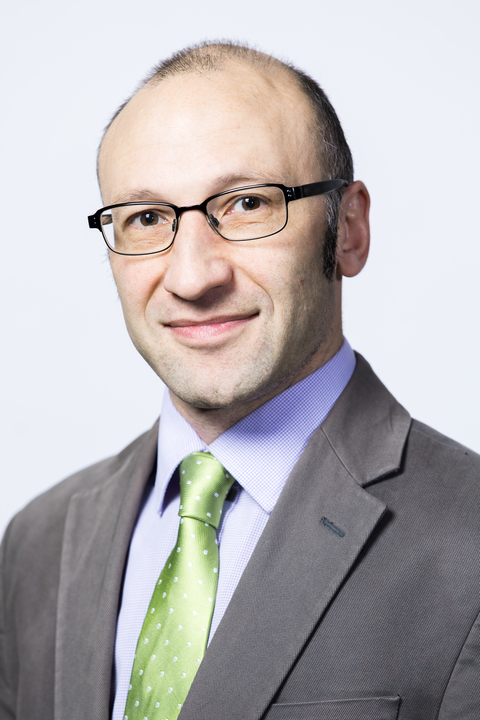
My group specializes in molecular simulation in application to chemical engineering problems, material science and bimolecular systems.
Over the last 50 years, since the first Monte Carlo simulations by Metropolis and co-workers, molecular simulations have been playing an increasingly important role in a range of research areas, from thermodynamic properties of matter to material design and drug discovery.
There are several reasons for this. Simulations often provide an efficient alternative to experiments when conditions of interest are difficult or expensive to achieve (such as extreme pressures and temperatures); moreover, we can consider a much larger number of systems and conditions, thus significantly reducing the optimization cycle. Using computers one can imagine unphysical, chimerical systems, properties of which nevertheless may provide an important thermodynamic insight.
This "what if?" approach has been particularly useful in proposing new materials and structures for specific applications. Most importantly, molecular simulations provide a unique look at the system on a detailed molecular scale, thus underpinning physical effects responsible for its behaviour.
Sarkisov Research Group
- PhD in Chemical Engineering, University of Massachusetts, Amherst, 2001
- BSc/MSc in Powder Technologies and Composite Materials, Moscow Lomonosov Academy of Fine Chemical Technologies, 1995/97
- Director of MSc programme in Advanced Chemical Engineering
- Molecular Thermodynamics CHEE11020
- Senior personal tutor for Chemical Engineering
- Third year abroad programme coordinator
- Molecular thermodynamics and simulation
- Adsorption in porous materials
- Material informatics and computational structure characterization
- Interaction of nano-objects with model biological membranes
- Member of the International Adsorption Society
- Editorial boards: Molecular Simulation, Adsorption Science and Technology
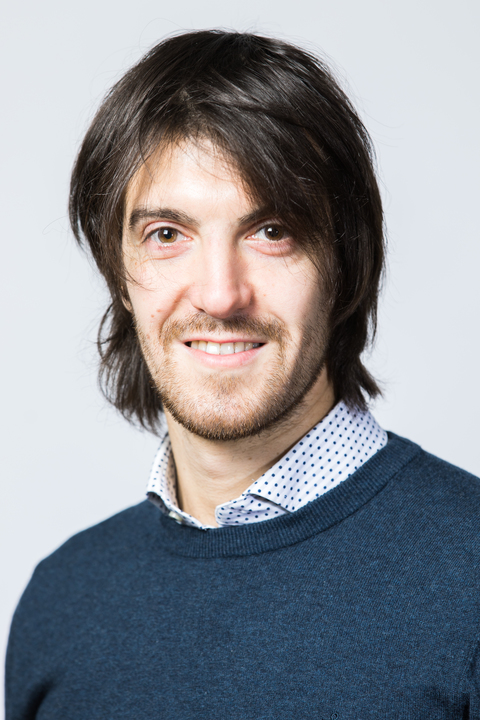
- PhD in Chemical Engineering, University of Edinburgh, United Kingdom, 2012
- Laurea summa cum laude in Chemical Engineering, University of Palermo, Italy, 2009
- Adsorption and diffusion in nanoporous materials
- Characterisation of porous solids
- Carbon capture
- Member International Adsorption Society
- Member American Institute of Chemical Engineers
- Member American Chemistry Society
- Review Editorial Board of Advanced Fossil Fuel Technologies
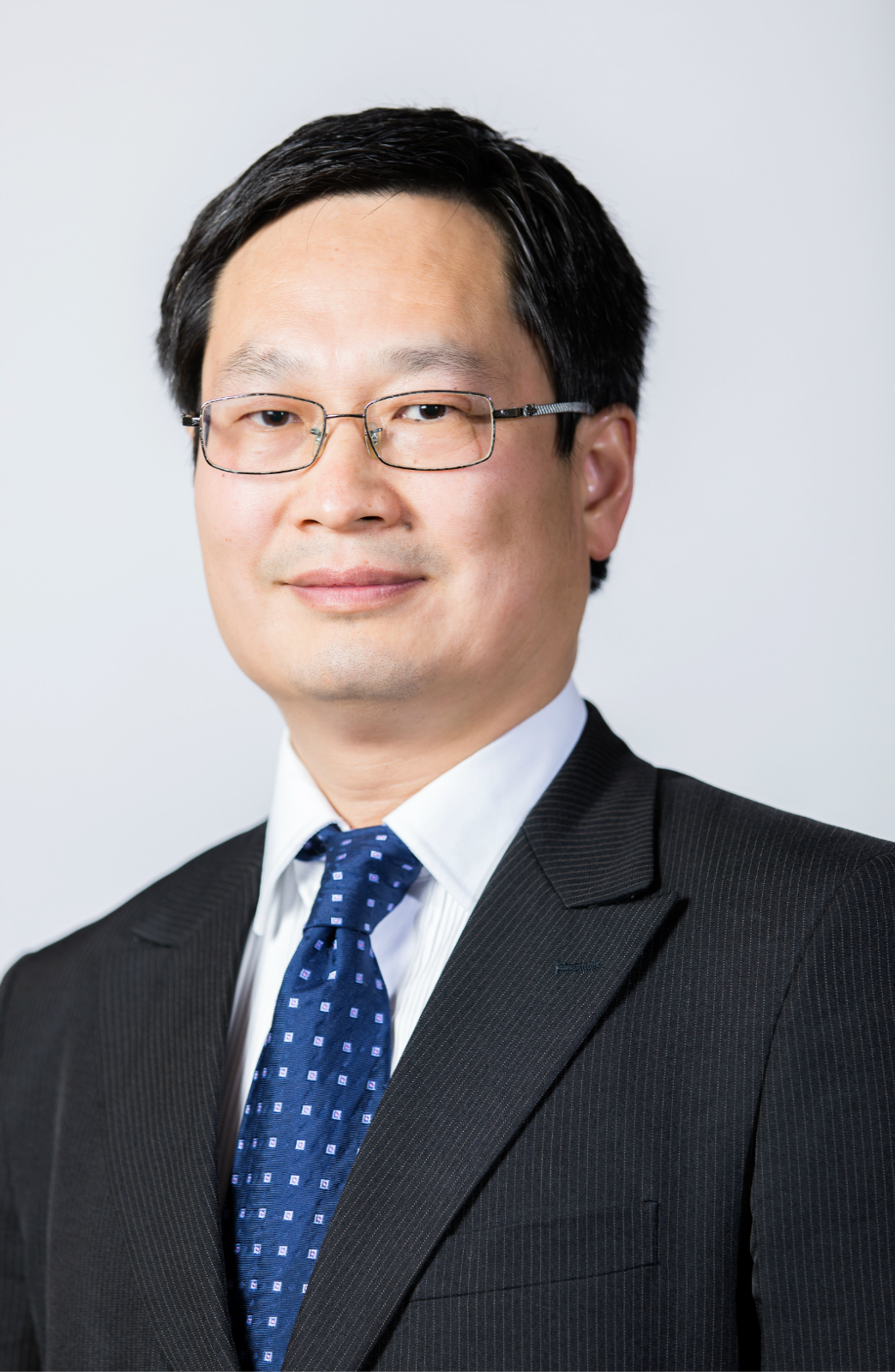
Prof. Chen’s research is focused on biomaterials, biomedical engineering, biophysics, and the application of nanomaterials in biology and medicine. In these areas, he has been working on physical (microneedle & nanoneedle arrays) and chemical (nanomaterials) for drug delivery and sensing, as well as microfluidic devices for biomedical applications.
He has published >130 papers in peer-reviewed journals including Nature Communications, Advanced Materials, Angewandte Chemie International Edition, Advanced Functional Materials, Small, Advanced Healthcare Materials, Journal of the American Chemical Society, Nano Letters, ACS Nano, Biomaterials, Journal of Controlled Release, Advanced Drug Delivery Reviews, and Chemical Society Reviews. These publications generated an h-index of 58 and >9000 citations. Additionally, he has 3 book chapters and 12 granted patents & 15 patent applications in drug delivery technologies in major countries and regions, mostly in the USA and Europe. His research output has attracted broad media coverage including TV, newspapers, internet websites, journal cover, and journal cover stories.
His research has been supported by grants from MRC (nanomedicine), ESRC (sing-cell analysis), EPSRC (Phase 0 clinical trial tool development), industry (hydrogel, nanomedicine, antibacterial coatings), Cancer Research UK (biosensor), Royal Society (microfluidic nanomedicine synthesis), and Royal Society of Edinburgh (nanomedicine, biosensor), etc.
Examples of his contribution to technology include: 1. Microneedle transdermal delivery: Invented technology for coating vaccines on small and densely packed microneedles for efficient skin vaccination (22 patents and >20 journal papers); this technology contributed to the establishment of Vaxxas (https://www.vaxxas.com/about-vaxxas/); 2. Diamond nanoneedle arrays: Pioneered diamond nanoneedle arrays for high-throughput intracellular delivery (3 patents and >10 journal papers); 3. Programmable Optical Window Bonding: Invented this technology enabling high-resolution, transparent microfluidic device production through 3D printing.
For scientific community service, he serves as a reviewer for many fields' top journals such as Science Robotics, Nature Communications, Science Advances, Advanced Materials, Small, Advanced Healthcare Materials, Journal of the American Chemical Society, ACS Nano, Nano Letters, ACS Applied Materials & Interfaces, Journal of Controlled Release, Biomaterials, Advanced Drug Delivery Reviews, and grant proposals from different research councils in the UK (e.g., EPSRC, BBSRC, MRC, CRUK, and Royal Society) and a number of other countries. He is also an associate editor of IET Nanobiotechnology and an editorial board member of Sensors, Bioengineering, and Journal of Functional Biomaterials.
- DPhil in Materials Science, University of Oxford
- MSc in Chemistry, National University of Singapore
- Fellow of the Higher Education Academy (HEA), United Kingdom
- Member of the Royal Society of Chemistry (RSC), United Kingdom
- Process Plant Engineering CHEE08016
- Nanomaterials in Chemical & Biomedical Engineering CHEE11026 (With Dr Norbert Radacsi)
- Advanced drug delivery systems
- Antibacterial
- Biodegradable nanomedicine
- Biomaterials
- Biomedical imaging
- Biosensing
- Cancer therapy and diagnosis
- Hydrogel
- Microfluidics
- Nanomaterials and nanotechnology
- Nanotoxicology
Currently, we have an EPSRC/MRC CDT scholarship for urgent application (Project 2: Imaging tumour macrophage polarisation for non-invasive evaluation of anticancer therapy). The applicants must be UK citizens or EU citizens who have been living in the UK for a minimum of 3 years. The deadline is 26/07/2018.
Edinburgh Global Research Scholarship
These awards are designed to attract high quality overseas research students to the University of Edinburgh.
http://www.ed.ac.uk/student-funding/postgraduate/international/global/research
Principal's Career Development PhD Scholarships
http://www.ed.ac.uk/student-funding/postgraduate/international/other-funding/development
China Scholarships Council/University of Edinburgh Scholarships (Citizens and permanent residents of the People's Republic of China)
Croucher Foundation Study awards (Permanent Hong Kong residents)
Postdoctoral researchers are welcome to join the group to perform research in bioengineering, biomaterials, and the application of nanomaterials in biology, medicine, environment and energy. Outstanding applicants can consider the following fellowship (just a few examples).
Newton International Fellowships
Marie Skłodowska-Curie Fellowships
Sir Henry Wellcome Postdoctoral Fellowships
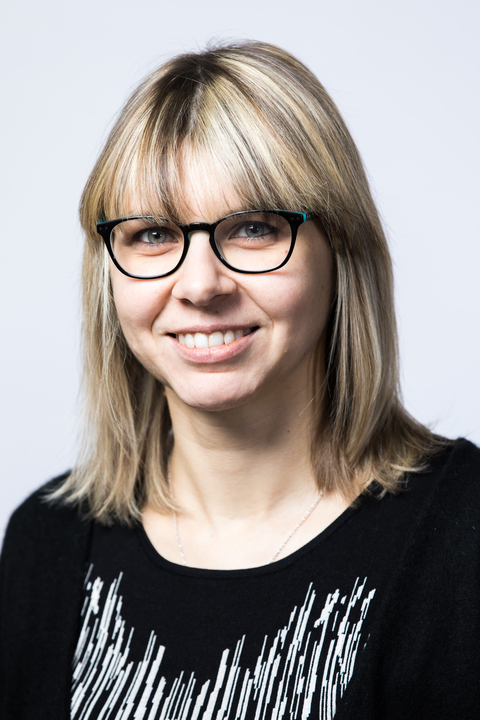
- PhD in Chemical Engineering, University of Bologna, Italy, 2009
- Master degree in Chemical Engineering, University of Bologna, Italy, 2005
AMIChemE
Council member and treasurer of the European Membrane Society
- Membranes
- Carbon Capture
- Gas Separation
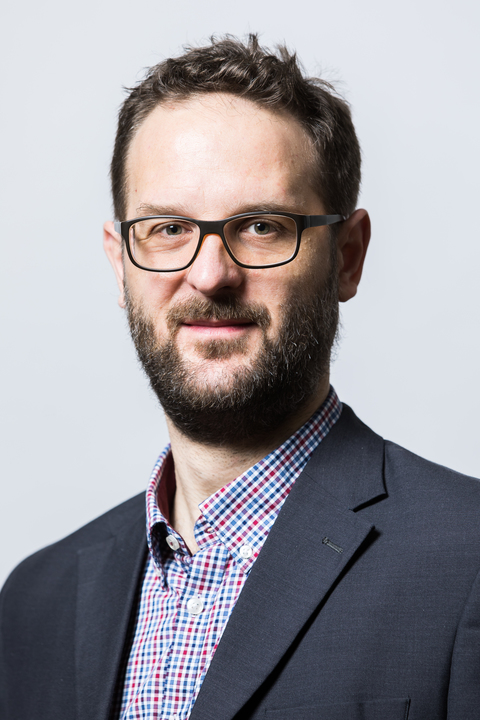
- Diplom Technomathematik, Universitaet Karlsruhe (TH), Germany
- Postgraduate Diploma in Science in Mathematics, University of Auckland, New Zealand
- PhD in Applied Mathematics, University of Southampton, UK
- Engineering Mathematics
- Numerical Methods for Chemical Engineers
- Process dynamics and control
Projects
- Low Carbon Heating Research Network
- Multisim
- FlexICCS
Office hour
- EM2A: Monday 12:30-13:30
- Numerical Methods for Chemical Engineers: Tuesday 11:00-12:00
